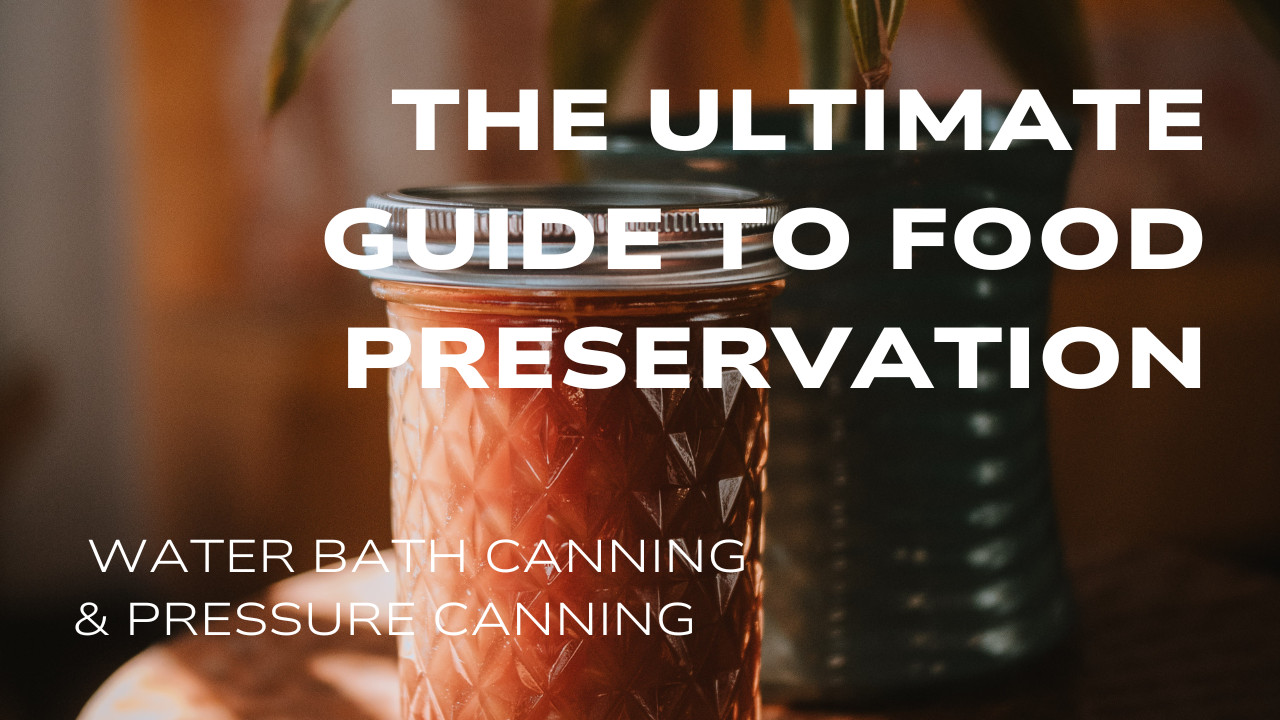
Food preservation has been an essential skill for centuries, helping people store food for long-term use and reducing waste. Whether you're a homesteader looking to preserve your harvest or simply want to stock your pantry with homemade, shelf-stable goods, canning is one of the best methods to ensure food longevity.
In this guide, we’ll explore the different methods of canning—water bath canning and pressure canning—and how you can safely preserve food at home.
What Is Canning?
Canning is a food preservation process that involves sealing food in jars and using heat to kill bacteria, yeast, and mold. The two primary methods of canning are water bath canning and pressure canning, each suited for different types of food based on acidity levels.
- Water bath canning is ideal for high-acid foods such as jams, pickles, and tomatoes.
- Pressure canning is necessary for low-acid foods like meats, vegetables, and soups to prevent botulism.
Understanding which method to use is critical for food safety and long-term storage.
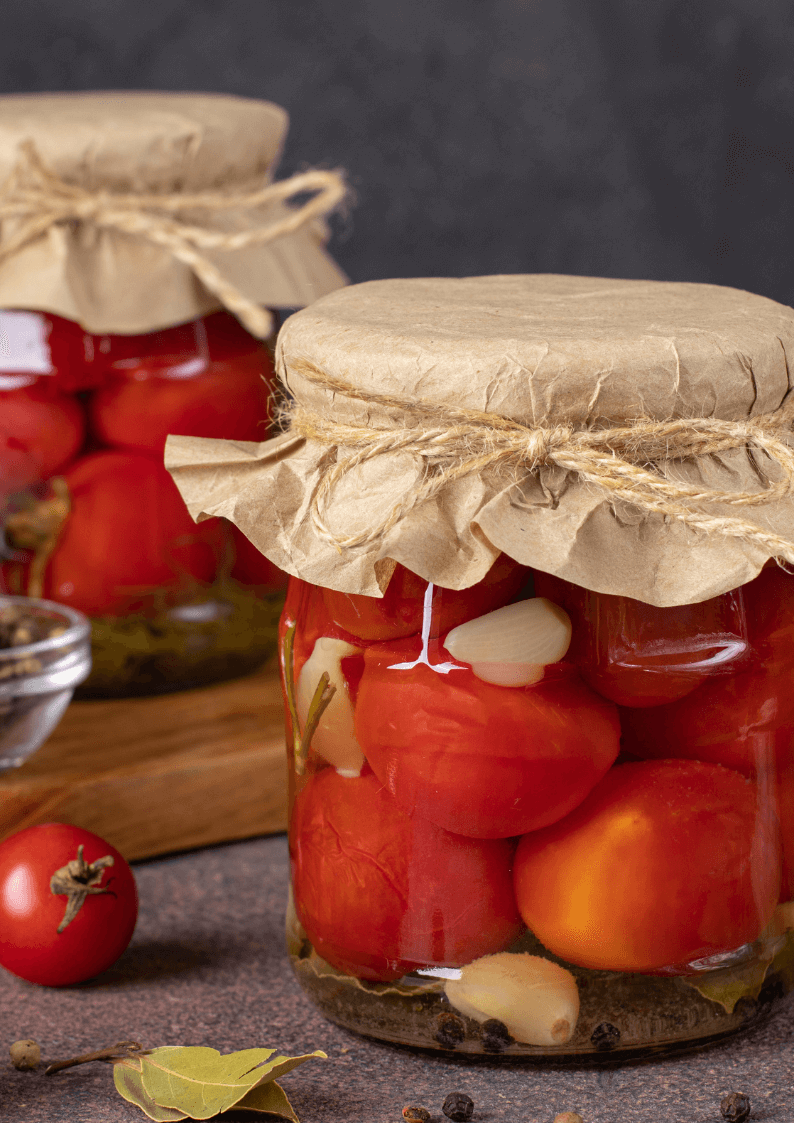
Water Bath Canning: Best for High-Acid Foods
What Is Water Bath Canning?
Water bath canning is a simpler and beginner-friendly method that involves submerging sealed jars in boiling water (at 212°F or 100°C) for a specified period. The heat forces air out of the jar, creating a vacuum seal that prevents bacteria from entering.
Best Foods for Water Bath Canning
Water bath canning is safe for high-acid foods (pH 4.6 or lower), including:
✅ Jams, jellies, and fruit preserves
✅ Pickles and relishes
✅ Tomatoes (with added acidity like lemon juice)
✅ Salsa
✅ Chutneys and fruit butters
✅ Jams, jellies, and fruit preserves
✅ Pickles and relishes
✅ Tomatoes (with added acidity like lemon juice)
✅ Salsa
✅ Chutneys and fruit butters
How to Water Bath Can
- Prepare Your Equipment – You'll need a water bath canner or a deep stockpot with a lid, a canning rack, mason jars, new lids, and a jar lifter.
- Prepare the Food – Follow a tested recipe to ensure proper acidity and safe preservation.
- Fill the Jars – Leave the recommended headspace (usually ¼ to ½ inch).
- Process in Boiling Water – Place jars in boiling water, ensuring they are covered by at least 1 inch of water.
- Remove and Cool – After processing, let jars cool undisturbed for 12-24 hours before checking the seal.
Shelf Life
Properly processed water bath canned goods last 12-18 months when stored in a cool, dark place.
Pressure Canning: Essential for Low-Acid Foods
What Is Pressure Canning?
Pressure canning is required for low-acid foods (pH above 4.6) to eliminate Clostridium botulinum spores, which cause botulism. This method uses a pressure canner to reach temperatures of 240°F (116°C) or higher, which cannot be achieved with boiling water alone.
Best Foods for Pressure Canning
Pressure canning is essential for:
✅ Meats (chicken, beef, pork)
✅ Poultry and seafood
✅ Vegetables (green beans, corn, carrots)
✅ Soups, stews, and broths
✅ Beans and legumes
✅ Meats (chicken, beef, pork)
✅ Poultry and seafood
✅ Vegetables (green beans, corn, carrots)
✅ Soups, stews, and broths
✅ Beans and legumes
How to Pressure Can
- Choose a Pressure Canner – Unlike water bath canners, pressure canners use a locking lid and a pressure gauge or weighted regulator.
- Prepare the Food & Fill Jars – Use safe, tested recipes and leave proper headspace.
- Seal & Place in Canner – Lock the lid, heat the canner, and allow steam to vent before sealing.
- Process at Correct Pressure & Time – Adjust pressure based on your altitude (see chart below).
- Cool & Check Seals – Let pressure return to zero before opening. Cool jars for 12-24 hours.
| Altitude (ft.) | Pressure (lbs) for Weighted Gauge | Pressure (lbs) for Dial Gauge |
|---|---|---|
| 0-1,000 | 10 psi | 11 psi |
| 1,001-2,000 | 15 psi | 11 psi |
| 2,001-4,000 | 15 psi | 12 psi |
| 4,001-6,000 | 15 psi | 13 psi |
Shelf Life
Pressure canned foods last 2-5 years when stored properly.
Essential Canning Safety Tips
✔ Use Tested Recipes – Always follow USDA or Ball Canning guidelines to ensure food safety.
✔ Check for Proper Seals – Lids should not flex when pressed. If a jar doesn’t seal, refrigerate and use within a few days.
✔ Label and Date – Keep track of when you canned each batch.
✔ Store in a Cool, Dark Place – Avoid heat, sunlight, and moisture to extend shelf life.
✔ Inspect Before Consuming – Discard any jar with bulging lids, strange odors, or mold.
✔ Check for Proper Seals – Lids should not flex when pressed. If a jar doesn’t seal, refrigerate and use within a few days.
✔ Label and Date – Keep track of when you canned each batch.
✔ Store in a Cool, Dark Place – Avoid heat, sunlight, and moisture to extend shelf life.
✔ Inspect Before Consuming – Discard any jar with bulging lids, strange odors, or mold.
Getting Started with Homesteading & Canning
Canning is a valuable skill for homesteaders and anyone wanting to build a self-sufficient food supply. Along with drying and freezing, canning helps preserve seasonal harvests and reduce food waste.
Recommended Resources
National Center for Home Food Preservation – A trusted resource for safe canning guidelines.
Ball Complete Book of Home Preserving – A must-have book for home canners.
USDA Canning Guide – Official safety and processing guidelines.
Ball Complete Book of Home Preserving – A must-have book for home canners.
USDA Canning Guide – Official safety and processing guidelines.
By learning the right techniques, you can enjoy home-canned food year-round while ensuring safety and quality. Whether you’re preserving your homegrown produce or stocking your pantry, canning is a rewarding and cost-effective food preservation method.

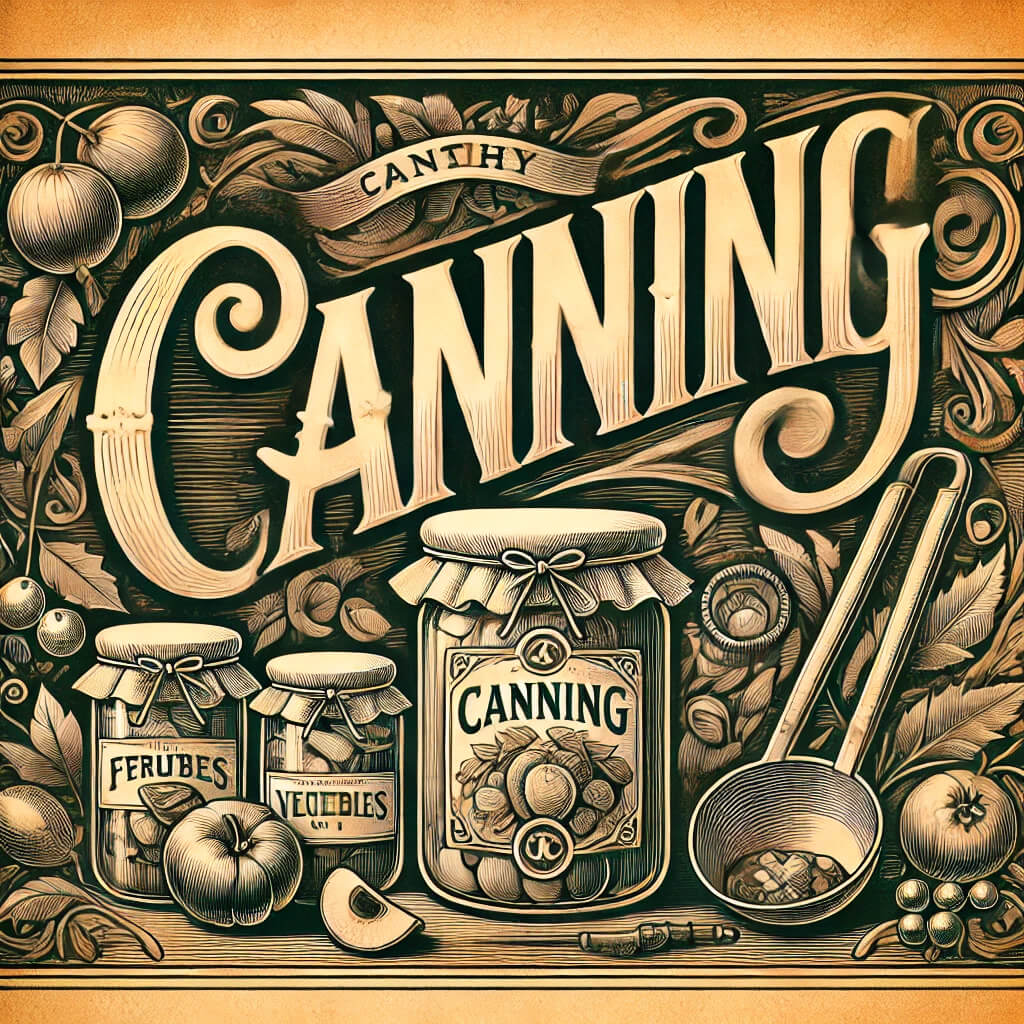
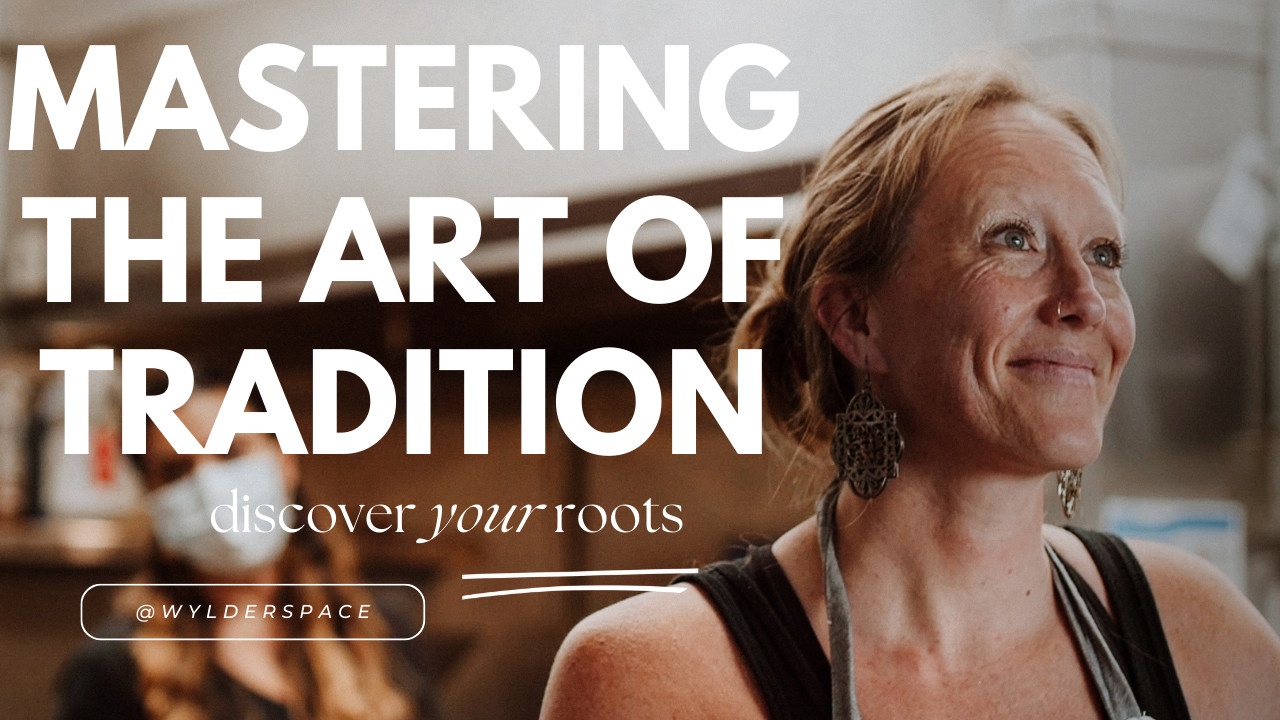
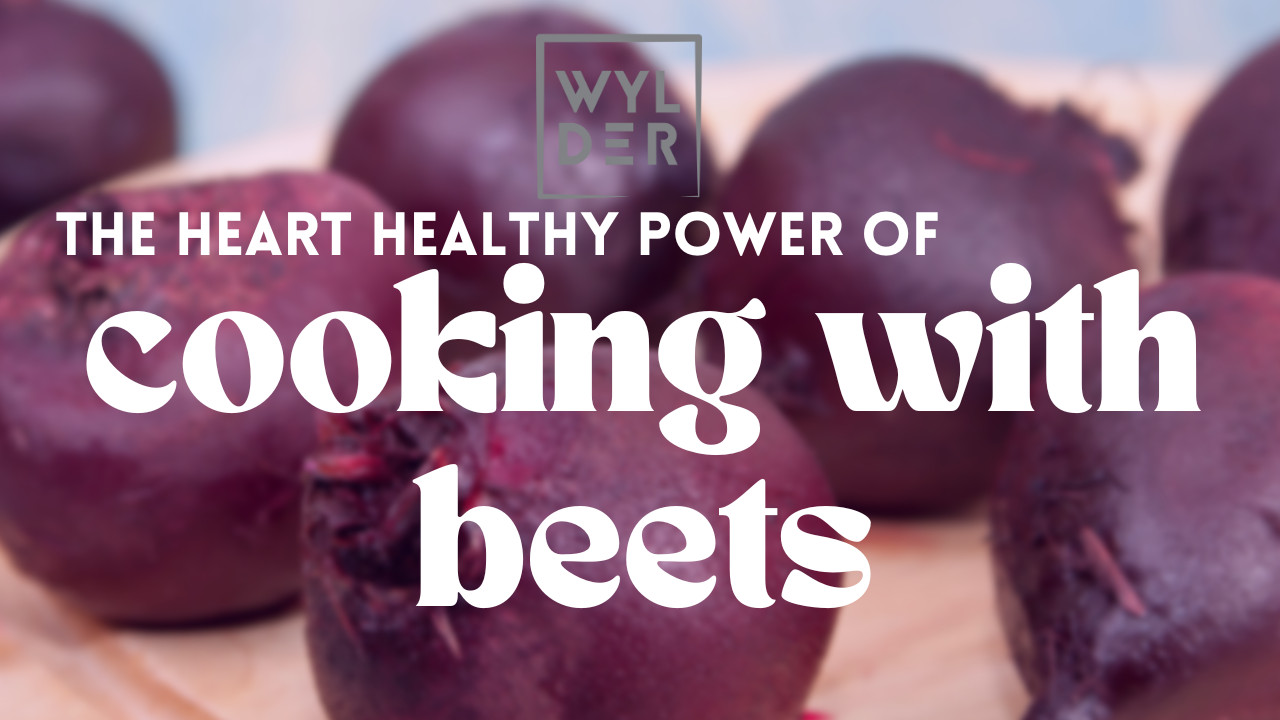
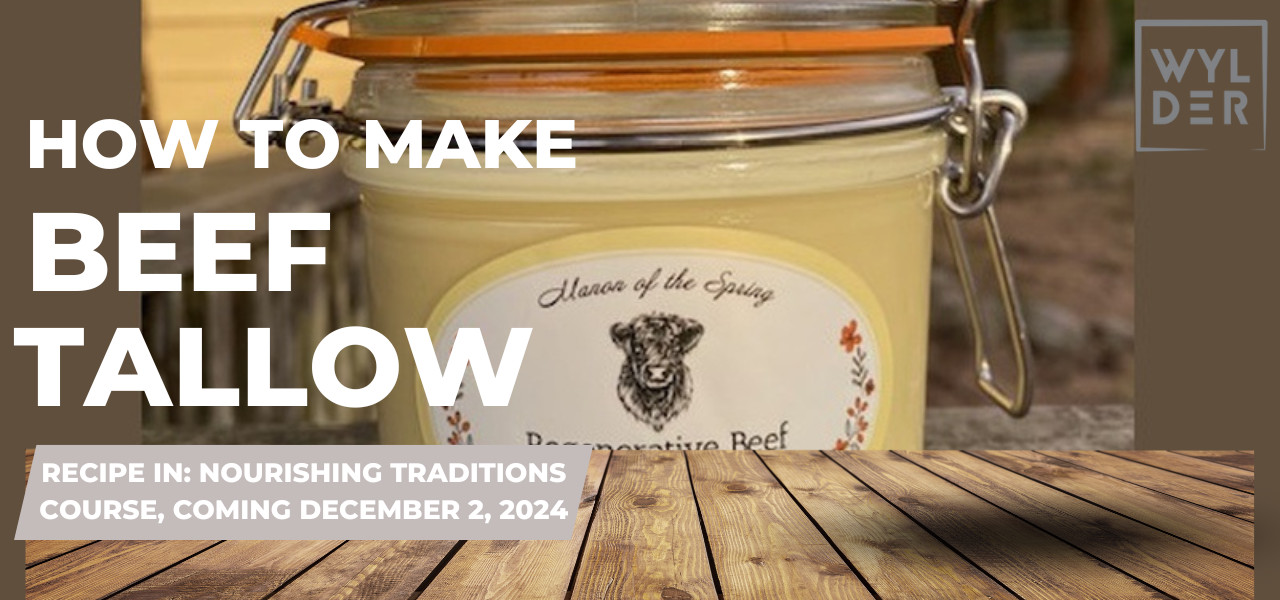
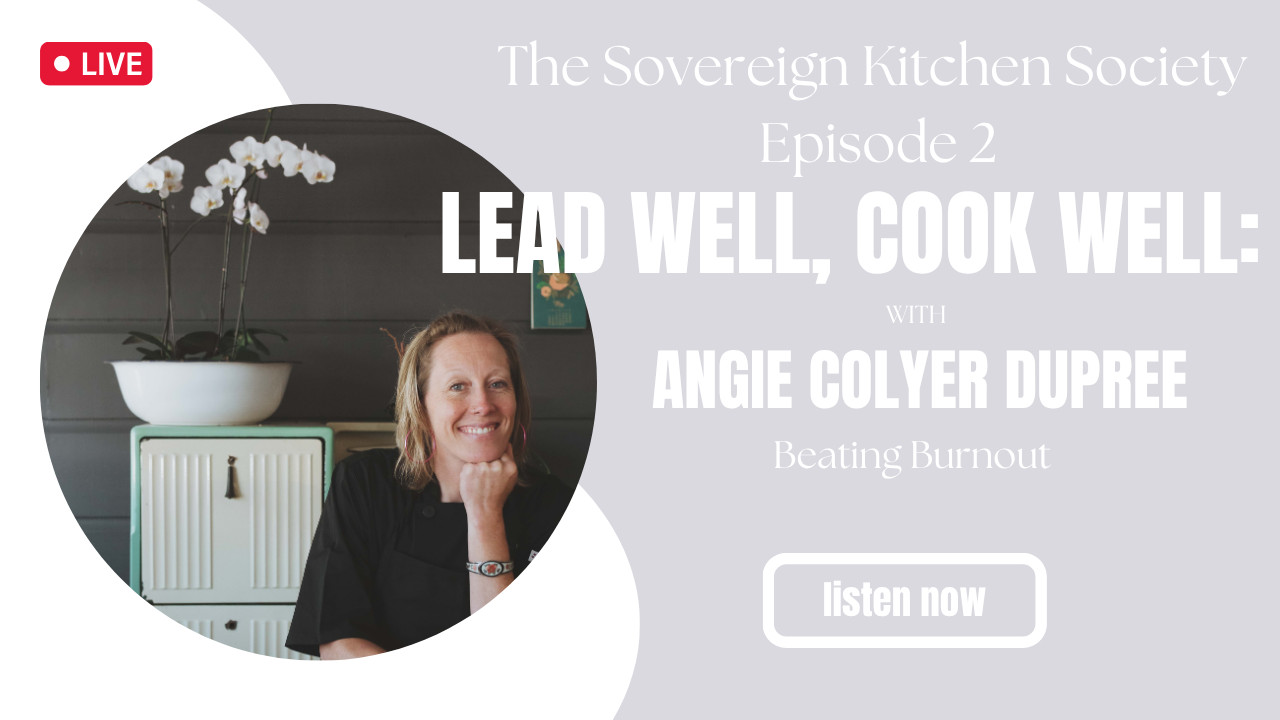
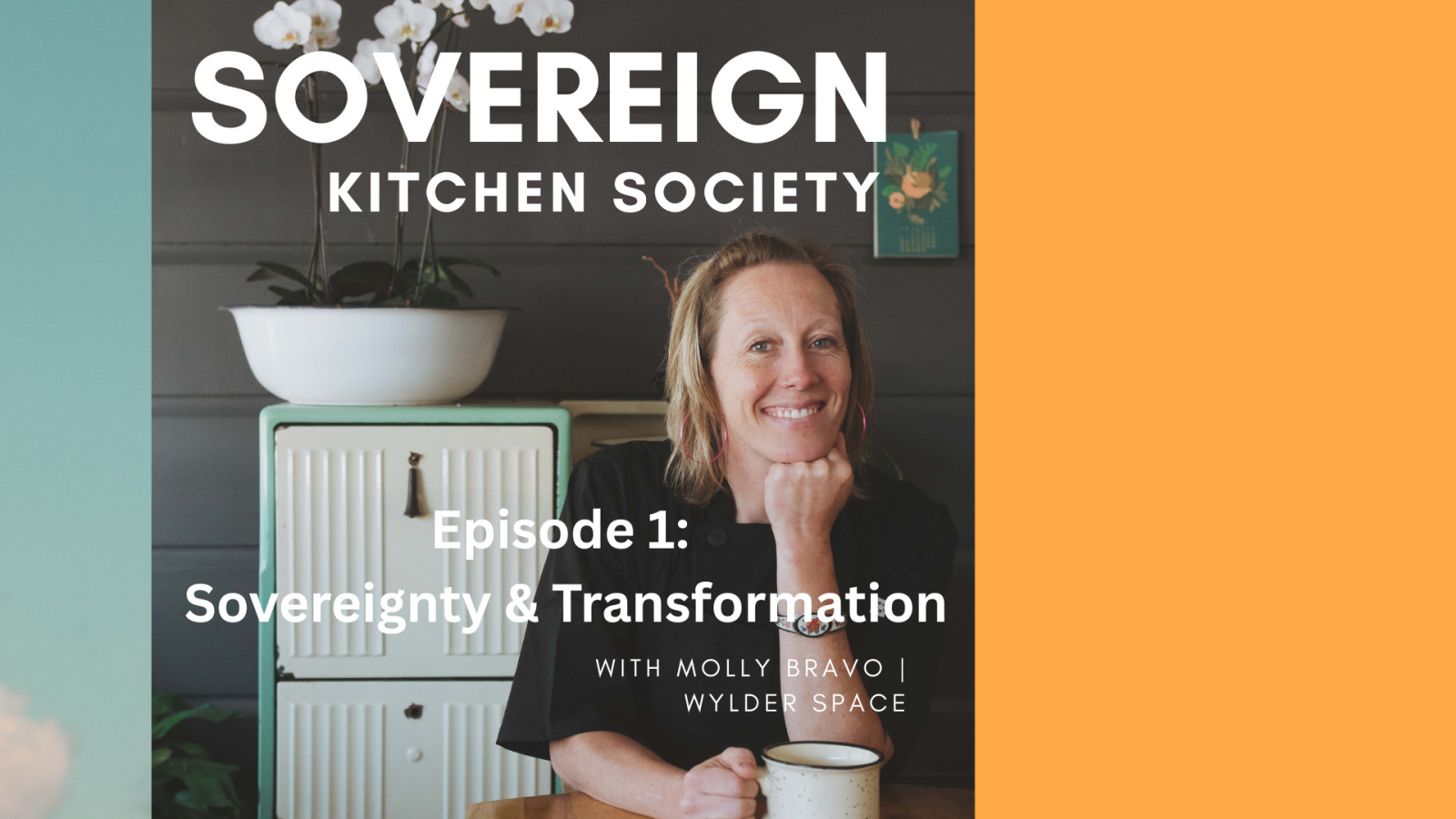
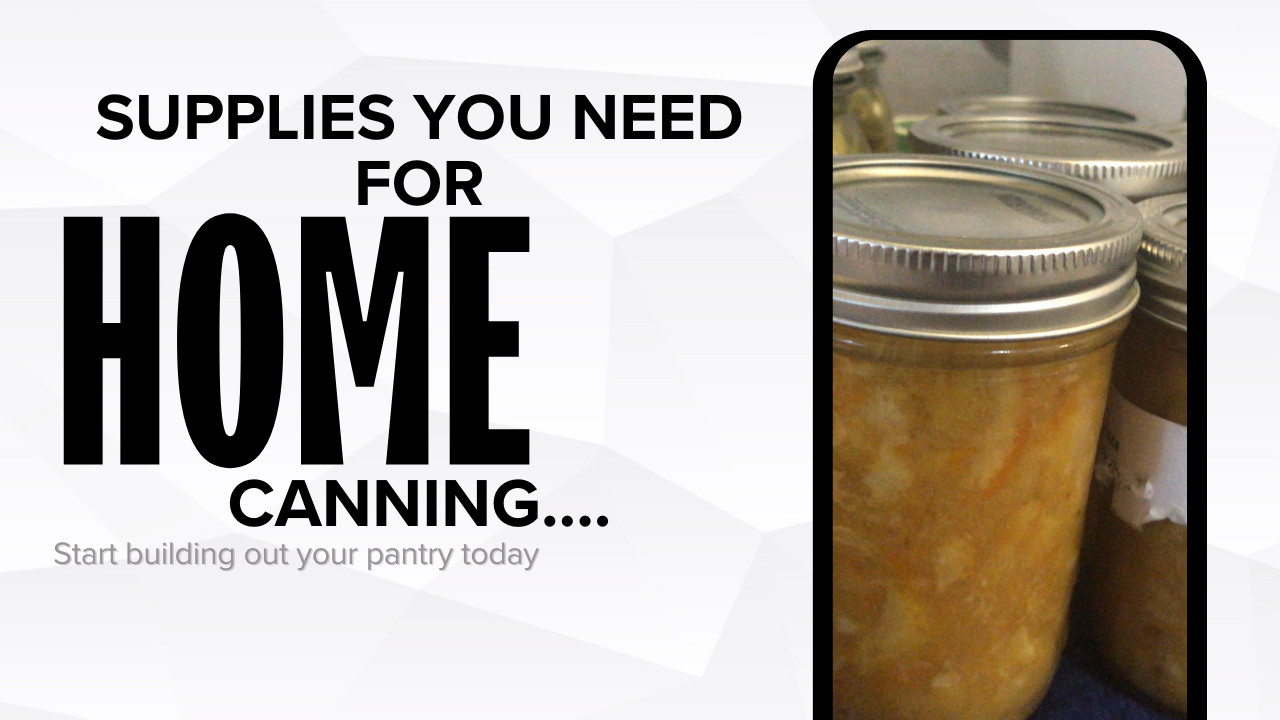
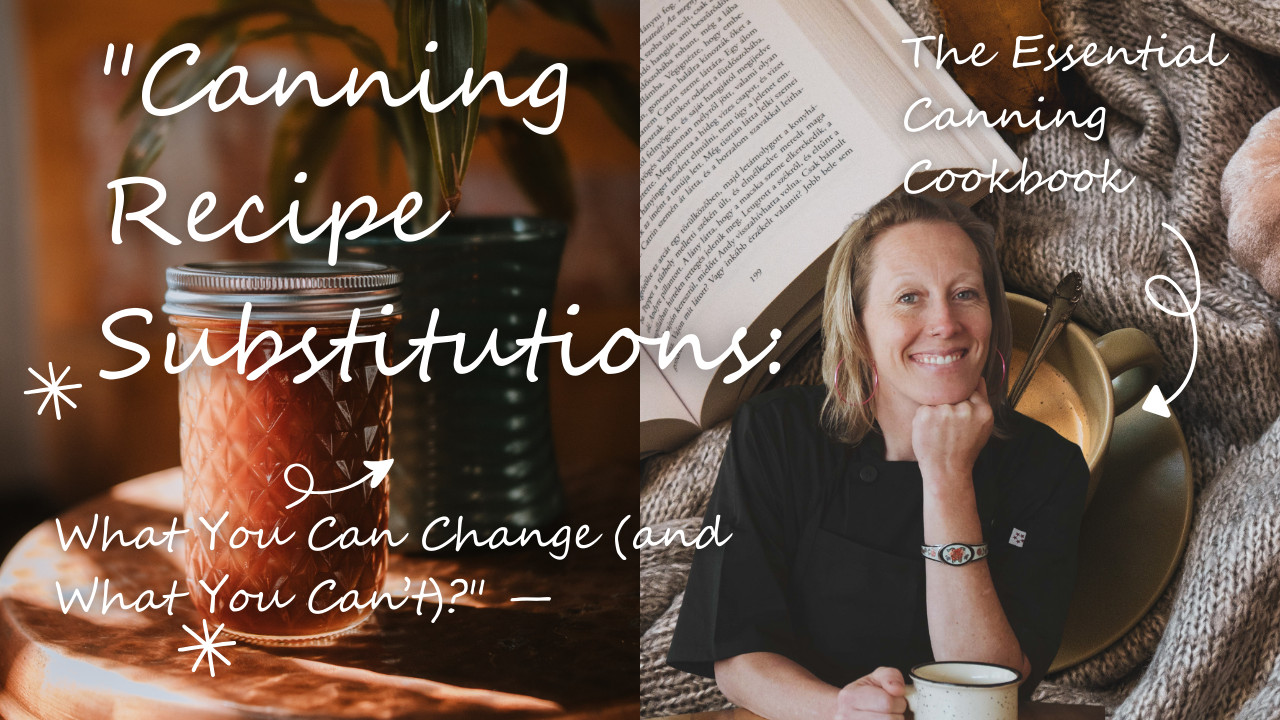
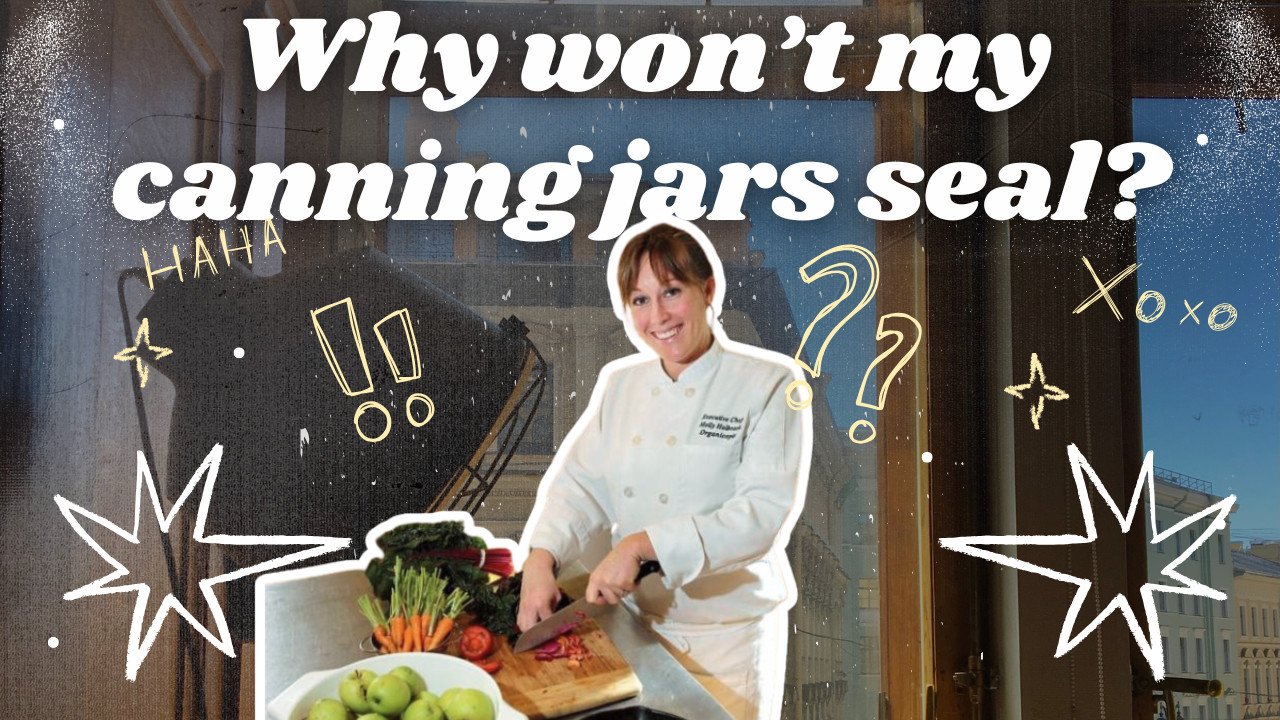
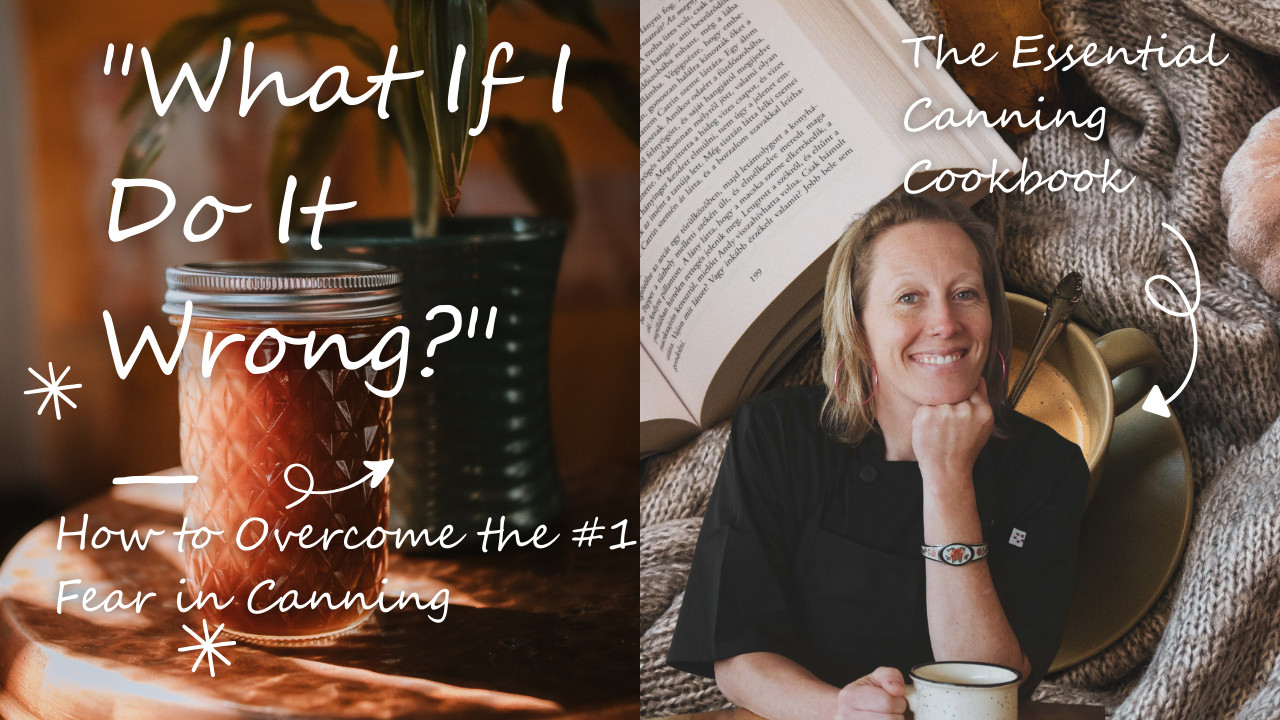
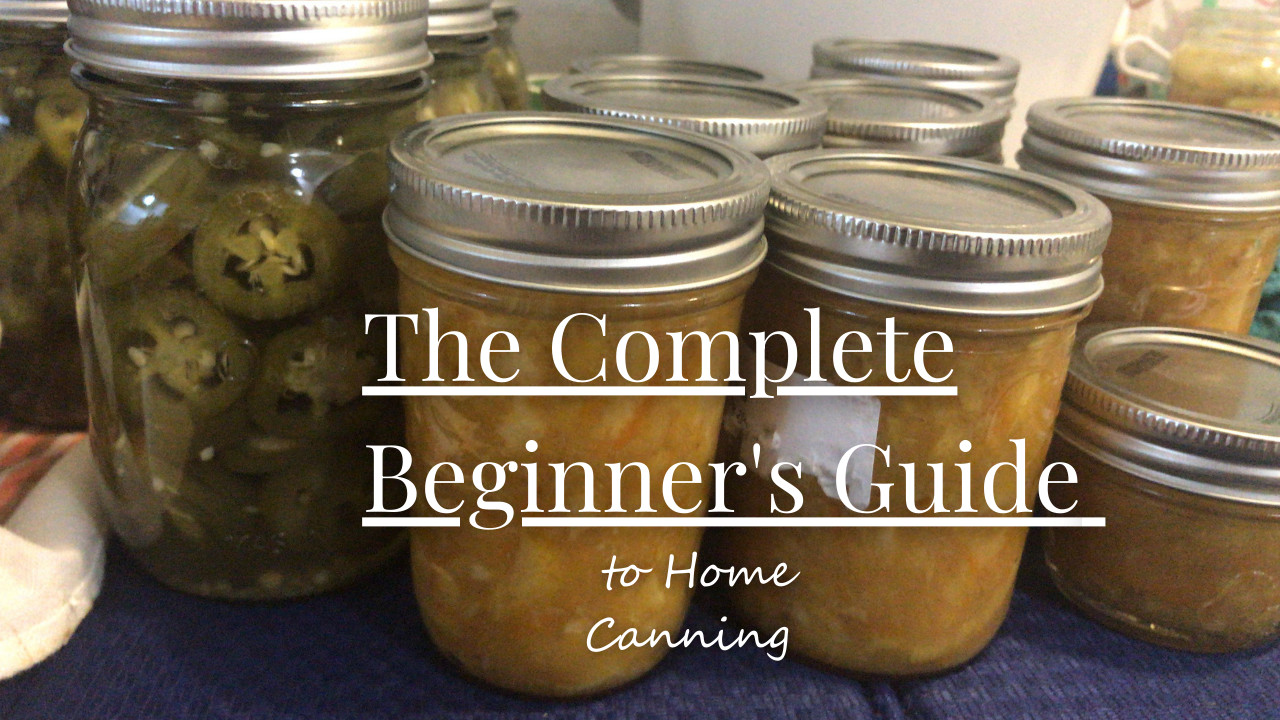
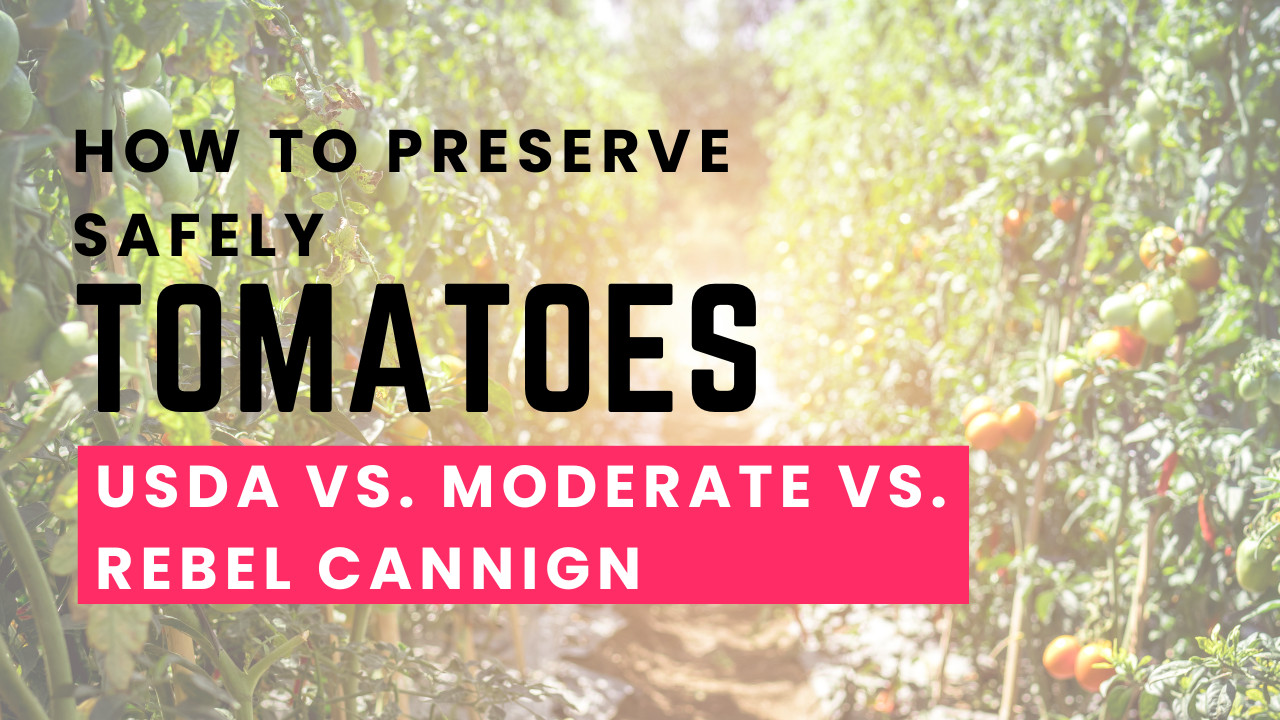
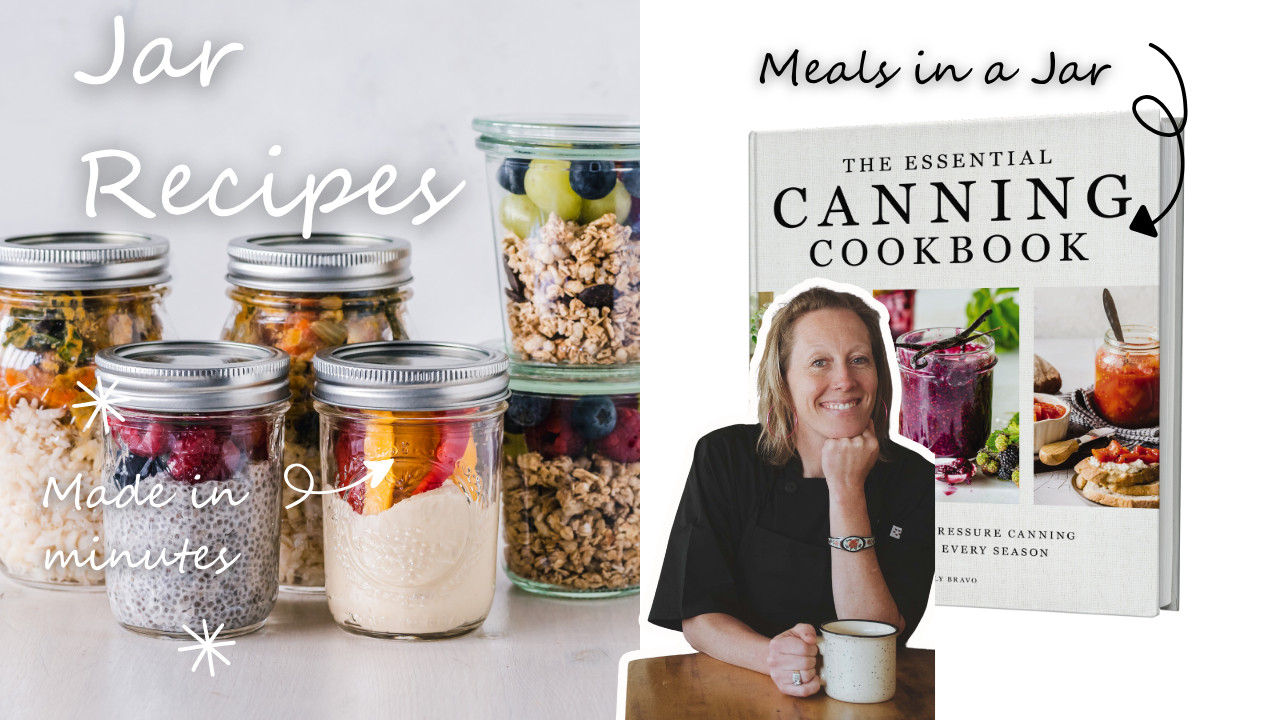
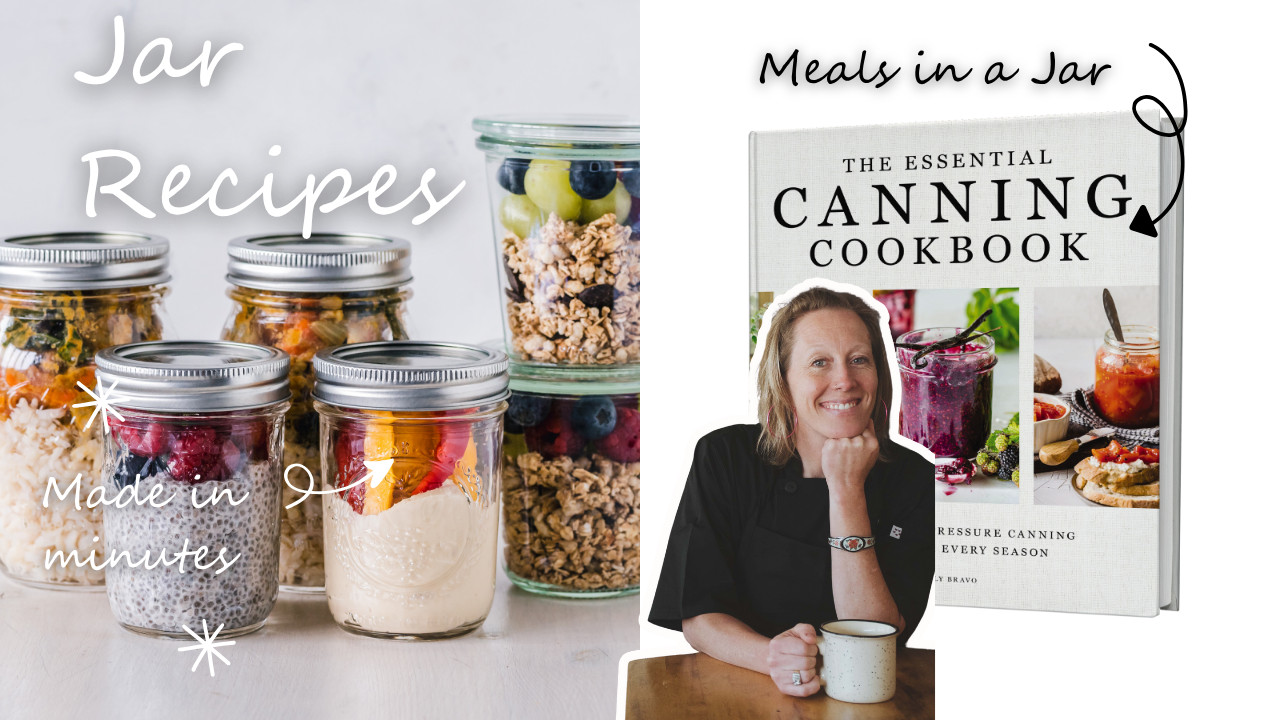
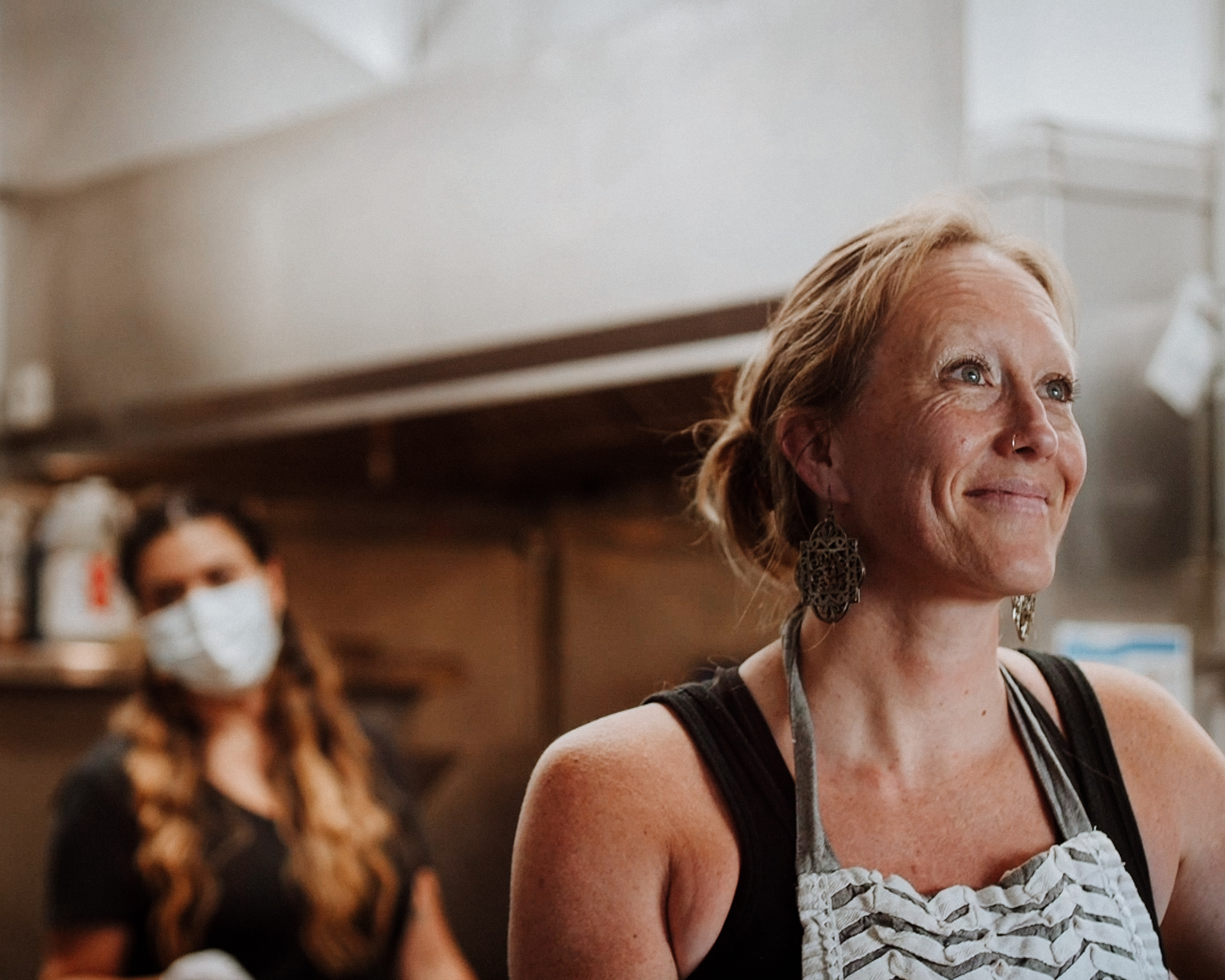
0 Comments